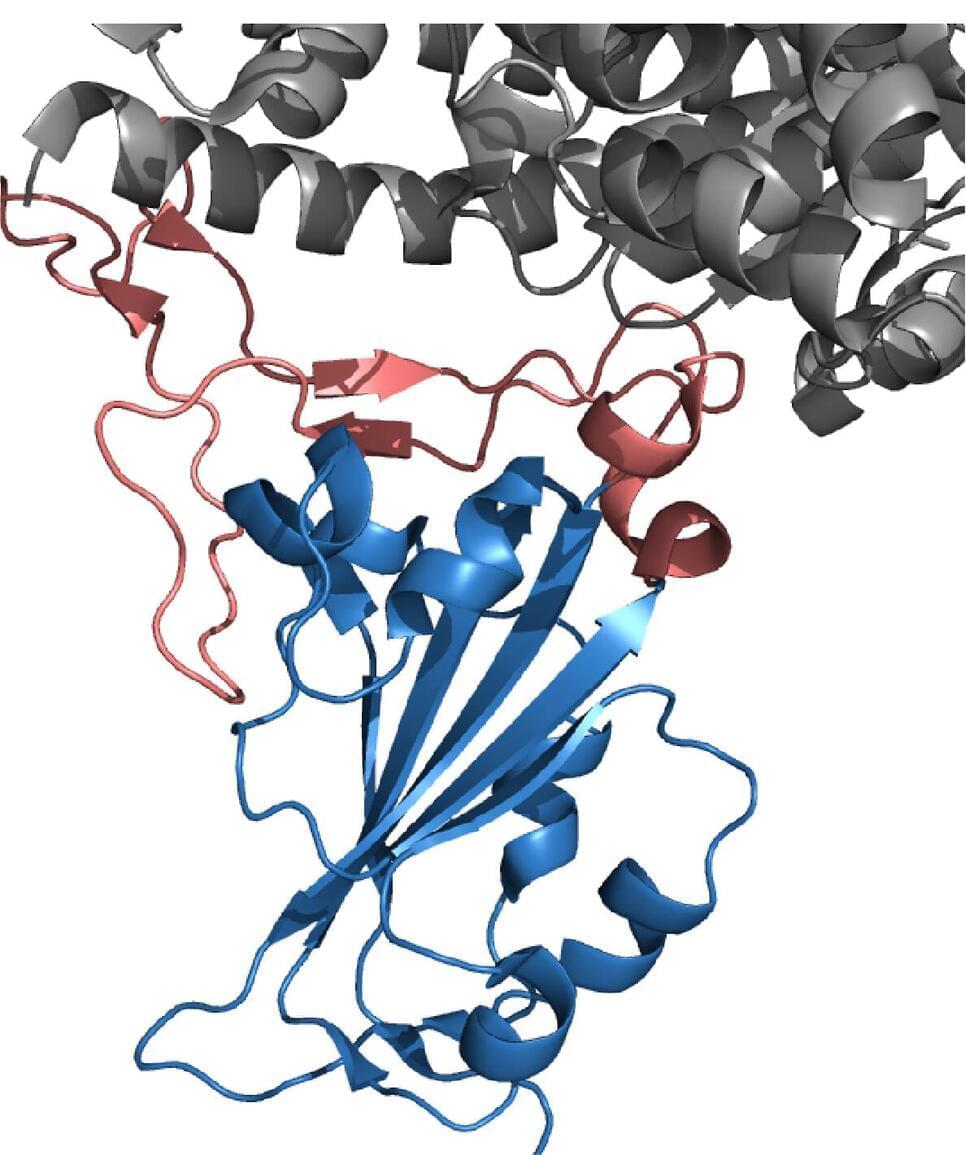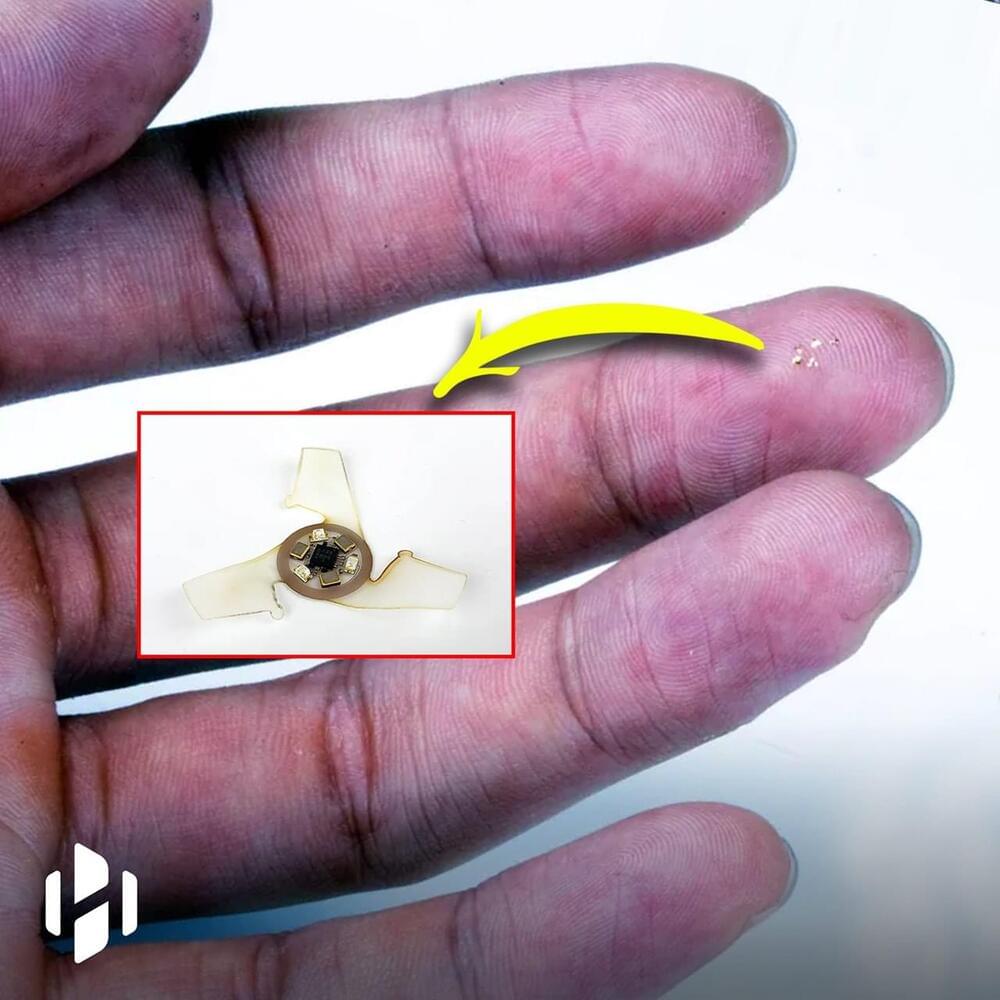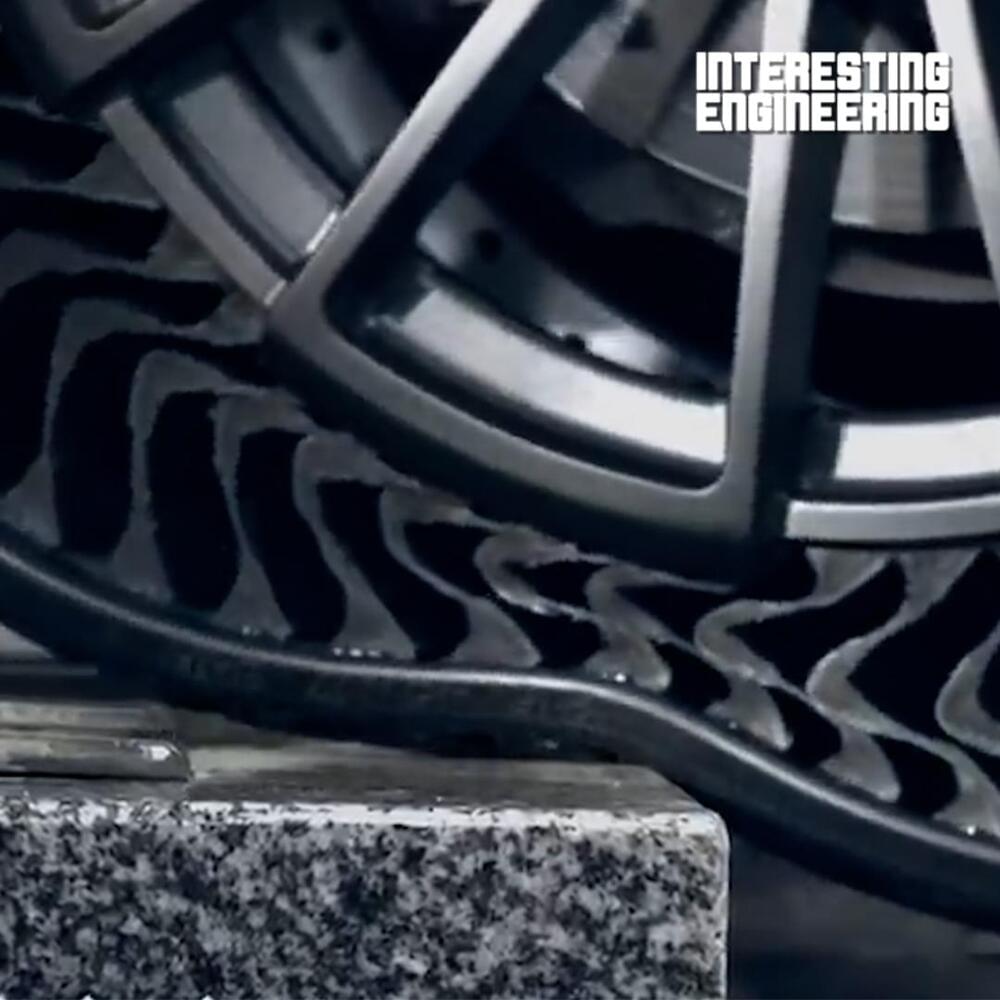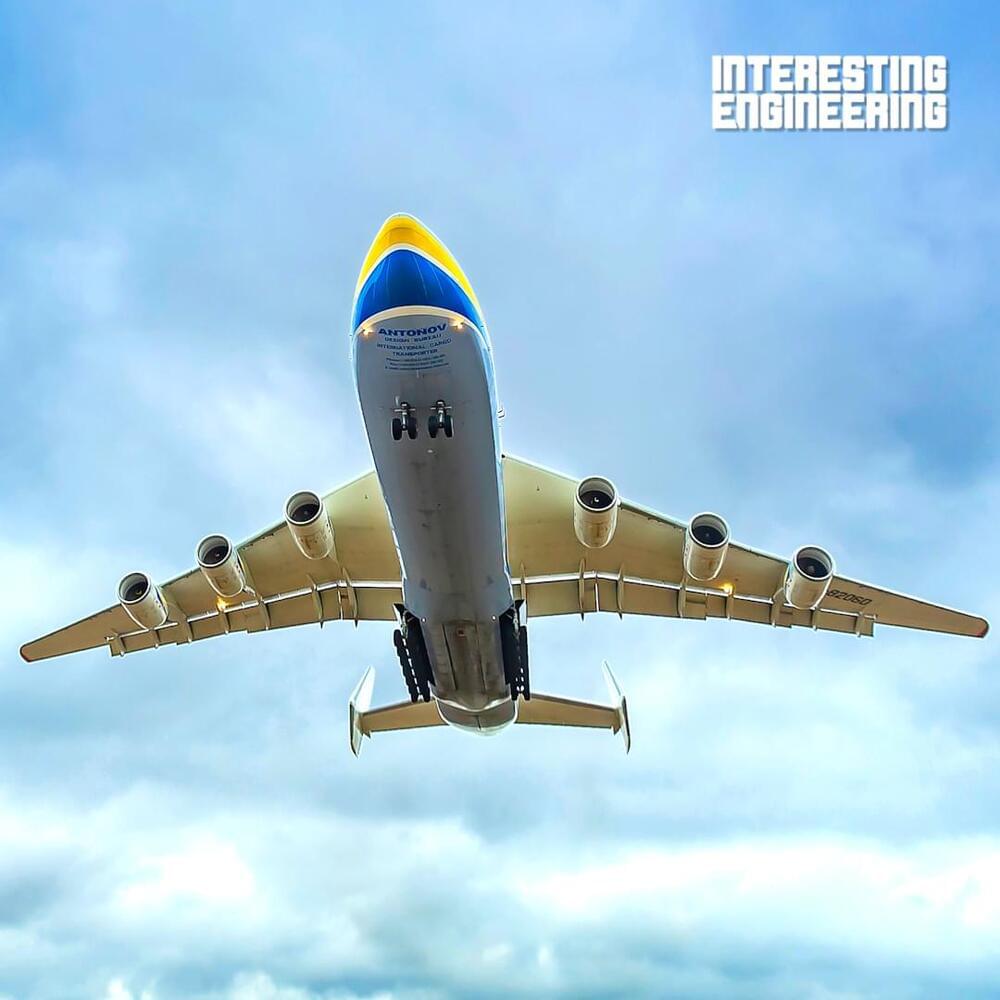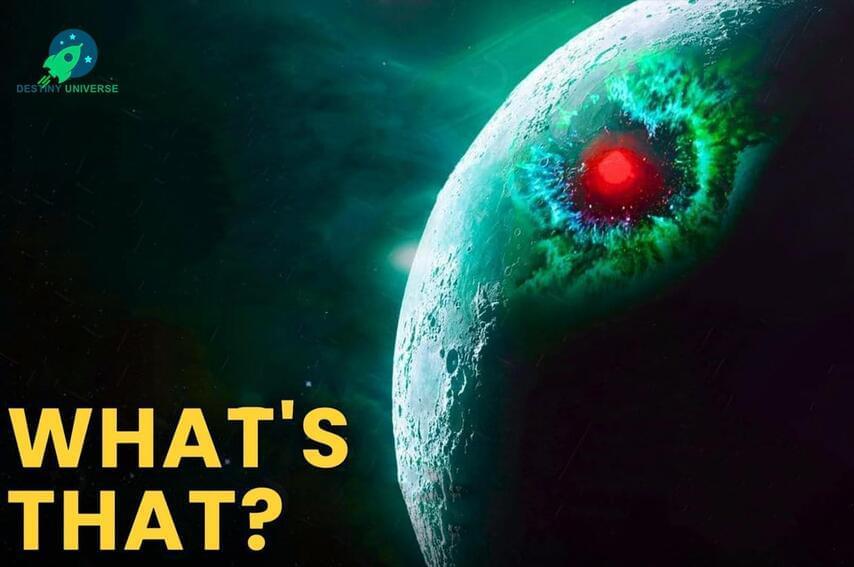Vertical Aerospace has already collected somewhere in the region of 1,000 orders for their VA-X4 VTOL craft. This is a piloted electric, low emission eVTOL craft that can carry up to four passengers and a pilot. This air taxi is capable of flying at speeds of 200 mph (174 knots) and has a range of more than 100 miles (160 km).
Being all-electric, it is near-silent during flight, offers a low-carbon solution to flying, and has a relatively low cost per passenger mile.
Vertical Aerospace’s VA-X4 also makes use of the latest in advanced avionics — some of which are used to control the world’s only supersonic VTOL aircraft, the F-35 fighter. Such sophisticated control systems enable the eVTOL tax to fly with some high level of automation and reduced pilot workload.


